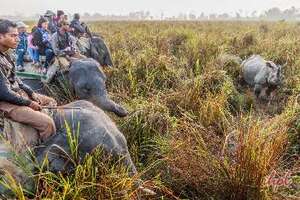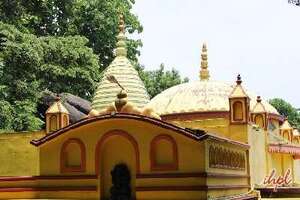Kaziranga National Park became an international tourist destination when naturalist and wildlife photographer Dr. Robin Banerjee made a movie on the one-horned rhinoceros. This movie was screened on Berlin Television in 1961.
Dr.K.Ullas Karanth, an eminent wildlife biologist, had in 1995, through the camera-trap sampling method, estimated that the average tiger density at Kaziranga was 16.8 tigers per 100 sq. km. Subsequent similar studies in other tiger habitats in India revealed densities less than this. Biologists in Russia, Thailand, Malaysia, Indonesia, and Nepal who used the same camera-trap method came up with tiger densities from 1 to 12 tigers per 100 sq. km. This gave Kaziranga National Park the distinction of having the highest tiger density in the world.
Elephant festival at Kaziranga: A two-day elephant festival was organized in January 2003 in Kaziranga National Park. One of the festival’s aims was to highlight the need to protect wildlife in general and, in particular, to resolve the growing elephant-human conflict here. . 275 tame elephants of the Forest Department participated in the festival. Two well-known personalities, expert mahout and elephant catcher Parbati Barua and documentary filmmaker Robin Banerjee were honored.
In 2003 a bizarre phenomenon of parakeets dying in mid-air collisions in Kaziranga National Park was witnessed. The birds were getting dis-oriented while approaching a high tension electric pole on their flying route. Park Rangers took to bursting crackers to disturb these birds’ nearby colonies and change their way. This helped as the parakeets changed their route.
The tigers at Kaziranga seem to have acquired a taste for rhino calves – between 1985 and 2003, they have reportedly devoured almost 203 calves. The reason seems to be the severe flood in 1988, which took its toll on herbivores, making it necessary. However, this acquired taste has surprised many. This observation was made by Aaranyak ( an Assam-based NGO ) in 2003 in a publication Tiger Paper brought out by the United Nations Food and Agricultural Organization.
Early on May 19th, 2004, the forest department had received a message about a tiger that had killed two cows near Tamuli Pathar village, which is close to the boundary of Kaziranga National Park. A joint team of the Assam forest department, police, army, and the Wildlife Trust of India (an NGO) soon combed the area with five elephants to locate the tiger. The tigress was spotted near the village, and on seeing the team, she moved into a nearby paddy field. Range Officer Dharanidhar Bodo, Dr. Chaudhary, and a guard were riding the elephant, Joymala, driven by the mahout Pegu. As they moved towards the tigress, she did a mock charge. Two blanks were then fired in the air, making her move to another field. The team followed her, and when they got a clear view of her, Bodo shot at her with the dart gun. Unfortunately, the dart missed the tigress, who was so enraged that she charged and took a flying leap onto the elephant’s head (an adult elephant’s head is at least 12 feet above the ground ).
The mahout Pegu threw the metal Ankush at the tigress to defend himself. However, the ankush missed the tigress, who managed to swipe at Pegu. As the elephant at the same time had stepped back, the tigress could not land on the elephant’s head and fell to the ground. At the same time, in the ensuing confusion, both Bodo and the guard fell. Joymala quickly pinned down the tigress with her forefoot and her trunk. For half a minute, the tigress was pinned down, roaring. A second attempt was made to dart her, but this attempt also failed. The tigress finally made her escape. It is only because of Joymala’s action that Bodo and the guard escaped being mauled. The mahout Pegu was badly lacerated and lost three fingers on his left hand.
A study of satellite images taken during the last thirty years has revealed that 27% of the total area of Kaziranga National Park has become unsuitable for the rhino due to considerable siltation and fragmentation of the water bodies in the park. Also, the exotic ‘mimosa’ plant has made vast stretches unsuitable for rhinos and other animals. The Assam Forest Department and the Wildlife Trust of India, a leading NGO, have been conducting a program to eradicate this weed. In addition, the Brahmaputra has been eroding land, with the park having lost 37 sq. km due to erosion.
Mark Shand, the renowned British author, and conservationist, has been appointed International Brand Ambassador for Kaziranga.
Be a part of this wilderness by booking a well-designed Kaziranga tour package. We have a well-designed tour package that you can modify as per your requirements.
Kaziranga Tour Packages
List Of Popular Wildlife Sanctuaries In East India
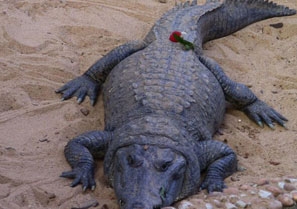 Nandan Kanan Wildlife Sanctuary
Nandan Kanan Wildlife Sanctuary 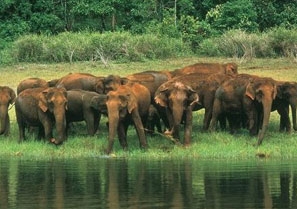 Hazaribagh Wildlife Sanctuary
Hazaribagh Wildlife Sanctuary 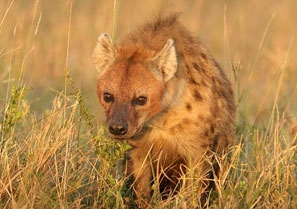 Ambapani Sanctuary
Ambapani Sanctuary 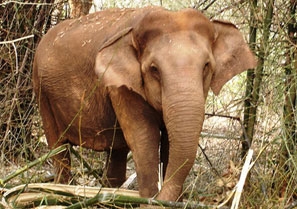 Simlipal Wildlife Sanctuary
Simlipal Wildlife Sanctuary  Badarama Wildlife Sanctuary
Badarama Wildlife Sanctuary 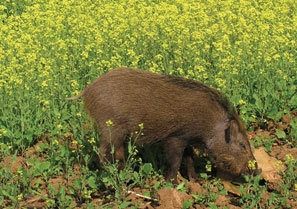 Baisipalli Wildlife Sanctuary
Baisipalli Wildlife Sanctuary  Balukhand Wildlife Sanctuary
Balukhand Wildlife Sanctuary 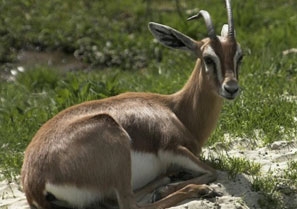 Belghar Wildlife Sanctuary
Belghar Wildlife Sanctuary 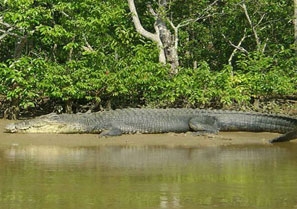 Bhitarkanika Wildlife Sanctuary
Bhitarkanika Wildlife Sanctuary 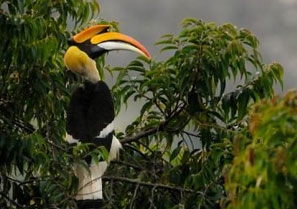 Bura-Chapuri Wildlife Sanctuary
Bura-Chapuri Wildlife Sanctuary 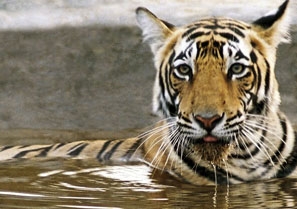 Chandaka Wildlife Sanctuary
Chandaka Wildlife Sanctuary 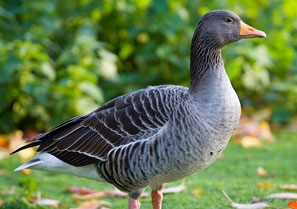 Debrigarh Wildlife Sanctuary
Debrigarh Wildlife Sanctuary 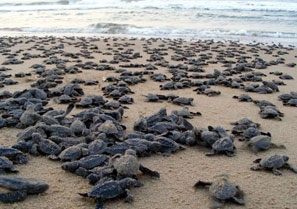 Gahirmatha Turtle Sanctuary
Gahirmatha Turtle Sanctuary 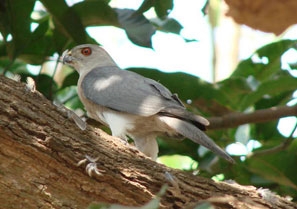 Karlapat Wildlife Sanctuary
Karlapat Wildlife Sanctuary 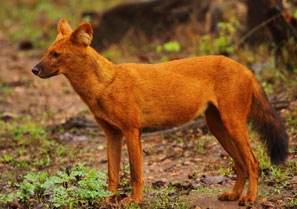 Khalasuni Wildlife Sanctuary
Khalasuni Wildlife Sanctuary 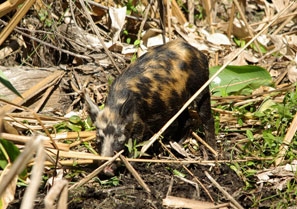 Kotagarh Wildlife Sanctuary
Kotagarh Wildlife Sanctuary 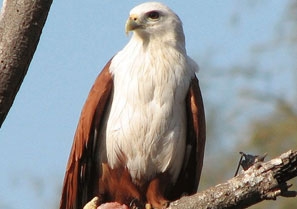 Kuldiha Wildlife Sanctuary
Kuldiha Wildlife Sanctuary 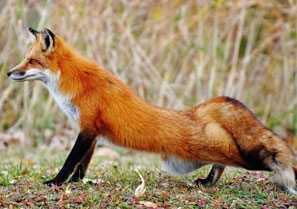 Lakhari Valley Sanctuary
Lakhari Valley Sanctuary 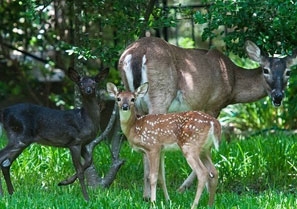 Laokhowa Wildlife Sanctuary
Laokhowa Wildlife Sanctuary 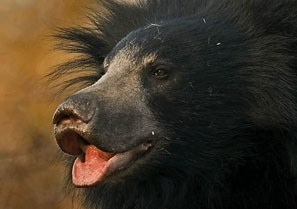 Pabha or Milroy Sanctuary
Pabha or Milroy Sanctuary 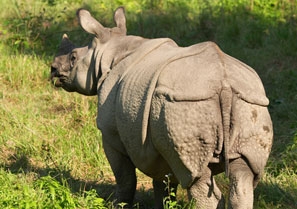 Pabitora Wildlife Sanctuary
Pabitora Wildlife Sanctuary  Padmatala Wildlife Sanctuary
Padmatala Wildlife Sanctuary 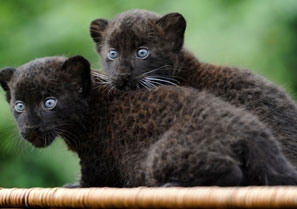 Satkosia Basipalli Sanctuary
Satkosia Basipalli Sanctuary 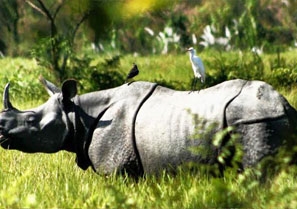 Sonai Rupai Wildlife Sanctuary
Sonai Rupai Wildlife Sanctuary 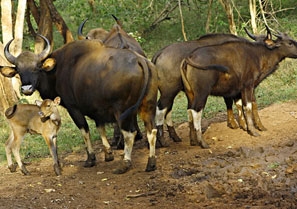 Sunabeda Wildlife Sanctuary
Sunabeda Wildlife Sanctuary 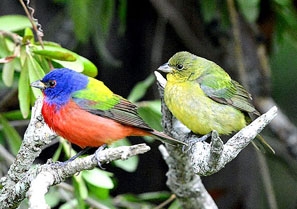 Tikarpada Wildlife Sanctuary
Tikarpada Wildlife Sanctuary 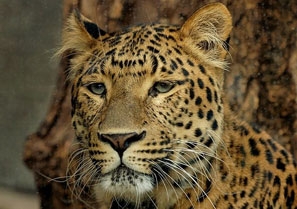 Ushakothi Sanctuary
Ushakothi Sanctuary



